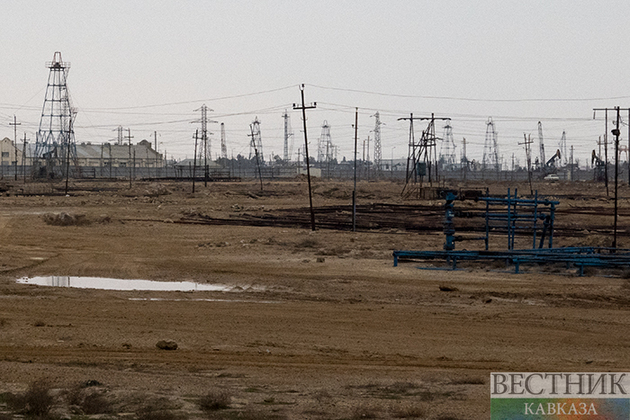Last week, the chief energy adviser to the Biden administration, Amos Hochstein, blamed institutional investors for the stalled drilling in the U.S. oil and gas industry and called it outrageous and un-American. Indeed, large investors, most of them from the financial services industry, have been one reason for U.S. oil companies’ rearrangement of priorities from grow at all costs to shareholder returns, Oil Price writes.
Nowhere is this truer than in shale oil and gas—the driver behind the latest U.S. oil and gas boom responsible for turning the country into the world’s biggest producer of these hydrocarbons. Yet investor pressure on the companies to boost shareholder payouts at the expense of investment in new production is only part of a story that confirms recent analyses suggesting the U.S. shale oil boom is over, and there is no coming back.
For the last two years, the shale oil industry, like the broader oil and gas industry, suffered the consequences of pandemic restrictions like other industries and had to curb production massively. And the industry is still dealing with some remnants of the fallout from the lockdowns, such as workforce and raw material shortages.
Yet these problems seem to be on the way out, and production is recovering from the low of 9.7 million bpd it reached in May 2020. Yet it has not reached pre-pandemic highs, and it is unlikely it ever will. Because in addition to some lingering effects of the pandemic, there are such things as natural depletion, government policies, and, indeed, investor pressure.
In a recent analysis of the state of the U.S. shale oil industry, resource investors Goehring and Rozencwajg highlighted these three factors as drivers of the transformation of the industry from its pre-pandemic boom to today’s significantly more measured pace of both production and investment in future supply.
Natural depletion is not something that gets talked about very often when it comes to U.S. shale. In fact, most reports about the industry like to note the resource wealth of the U.S. shale plays, especially the Permian, but fail to add that these plays have been exploited for quite some time now, and in some of them, drilling is not as lucrative as it used to be.
In fact, Goehring and Rozencwajg note that drillers in the Eagle Ford and Bakken formations have largely run out of profitable drilling spots and production in these two plays is likely to plateau soon and start declining.
The resource investment firm mentioned the story of Oasis Petroleum which illustrates this trend: Oasis said in 2017 that it had 20 years’ worth of top drilling locations in the Bakken. But months later, the company quit the Bakken and moved to the Permian with the acquisition of acreage from Forge Energy. Three short years later, it filed for bankruptcy protection. A year later, in 2021, it sold its Permian acreage and merged with Whiting Petroleum in a $6-billion deal.
In addition to natural resource depletion, there is also the issue of political support or, rather, the lack of it. The Biden administration has made its anti-oil and gas stance a central point of its energy policies, and it appears that no amount of belated efforts to get oil drillers to drill would have any effect as long as these policies remain unchanged.
Amos Hochstein is not the first, and he won’t be the last to criticize drillers for not drilling, even indirectly, as he did. Yet it is the administration of which Hochstein is a member that declared its intention to squeeze the U.S. oil and gas industry as it prioritizes the transition to low-carbon forms of energy.
As Goehring and Rozencwajg put it in their analysis, “Every proposal by the Biden Administration in response to high energy prices is either outright antagonistic towards the industry or, at best neutral.” “At no point has the administration signaled to the energy industry that its stance might be moving from outright hostility to accommodation,” the investors also note.
And indeed, for all the calls, pleas, and outright threats to the industry to start drilling or face the consequences, the administration has never indicated this much-desired increase in production could be anything but a temporary way of fixing oil prices.
This is certainly not enough to motivate increased spending on more production, either for the companies’ management or their shareholders, many of whom do indeed hail from Wall Street. Neither does the fact that, as Goehring and Rozencwajg point out, most energy companies are currently trading at near-record low valuations despite the stock rally that followed the rally in international oil prices.
When the valuation of a company’s stock is so low, there is little incentive to splash money on new production that will have zero effect on the company’s price because of the persistently low valuations. Instead, companies focus on returning cash to shareholders—as shale companies are doing—and on boosting their share price with the buybacks.
There is very little in the way of incentives for oil drillers in the shale patch to drill. In fact, one needs to look very hard to find such an incentive, even as global supply of crude oil remains constrained, with the option of a further squeeze as the consequences of the G7 price cap on Russian crude make themselves known.






